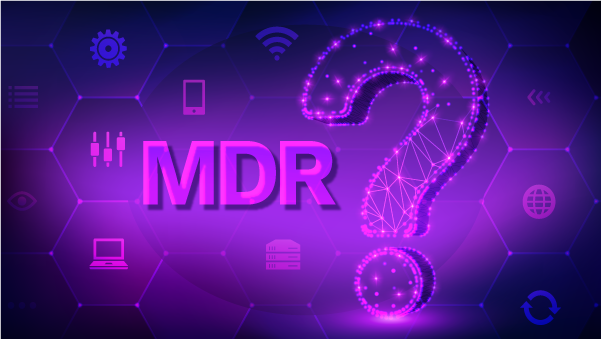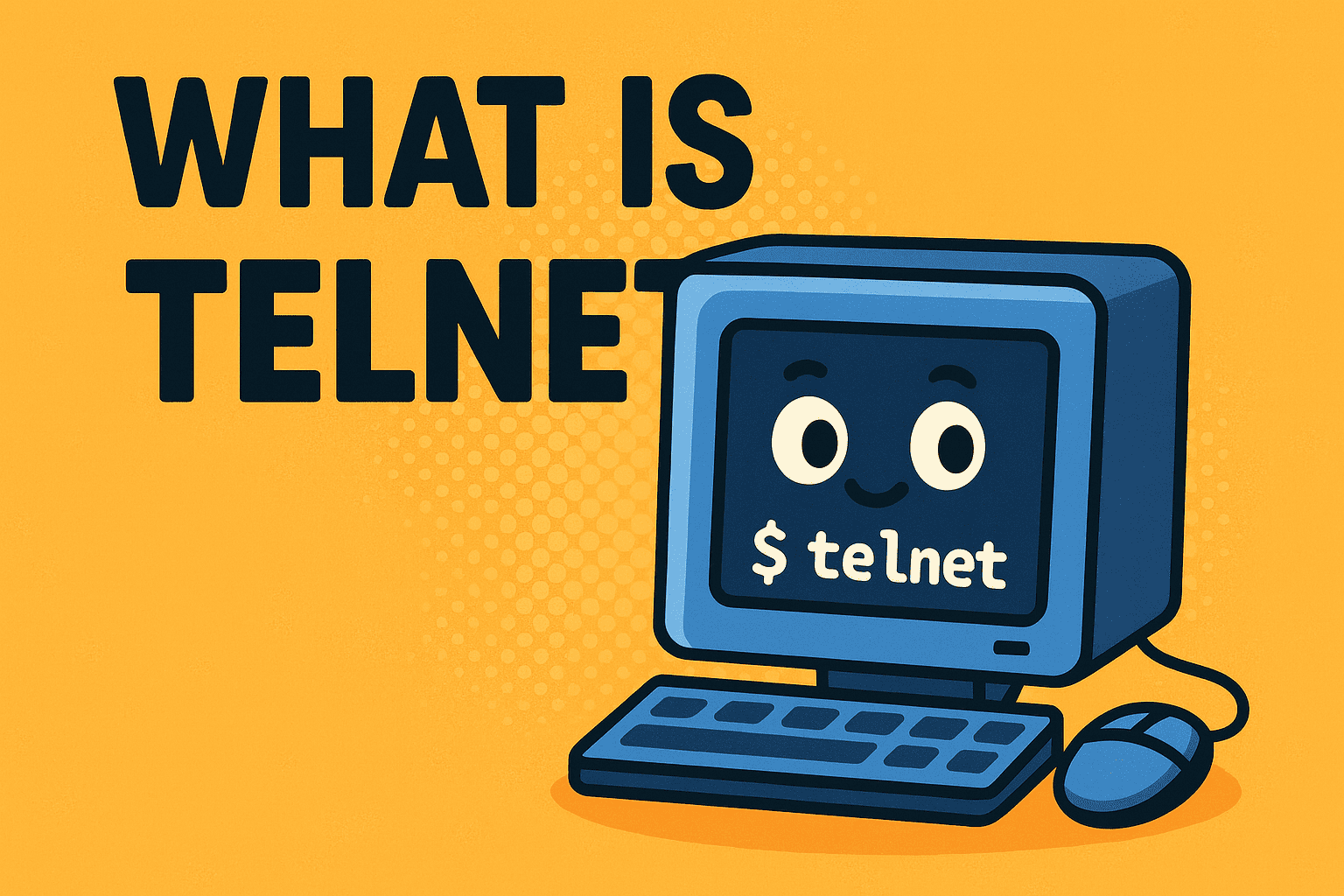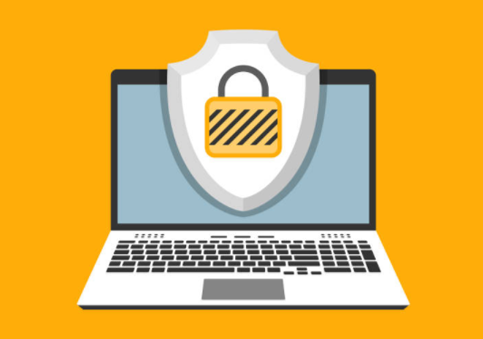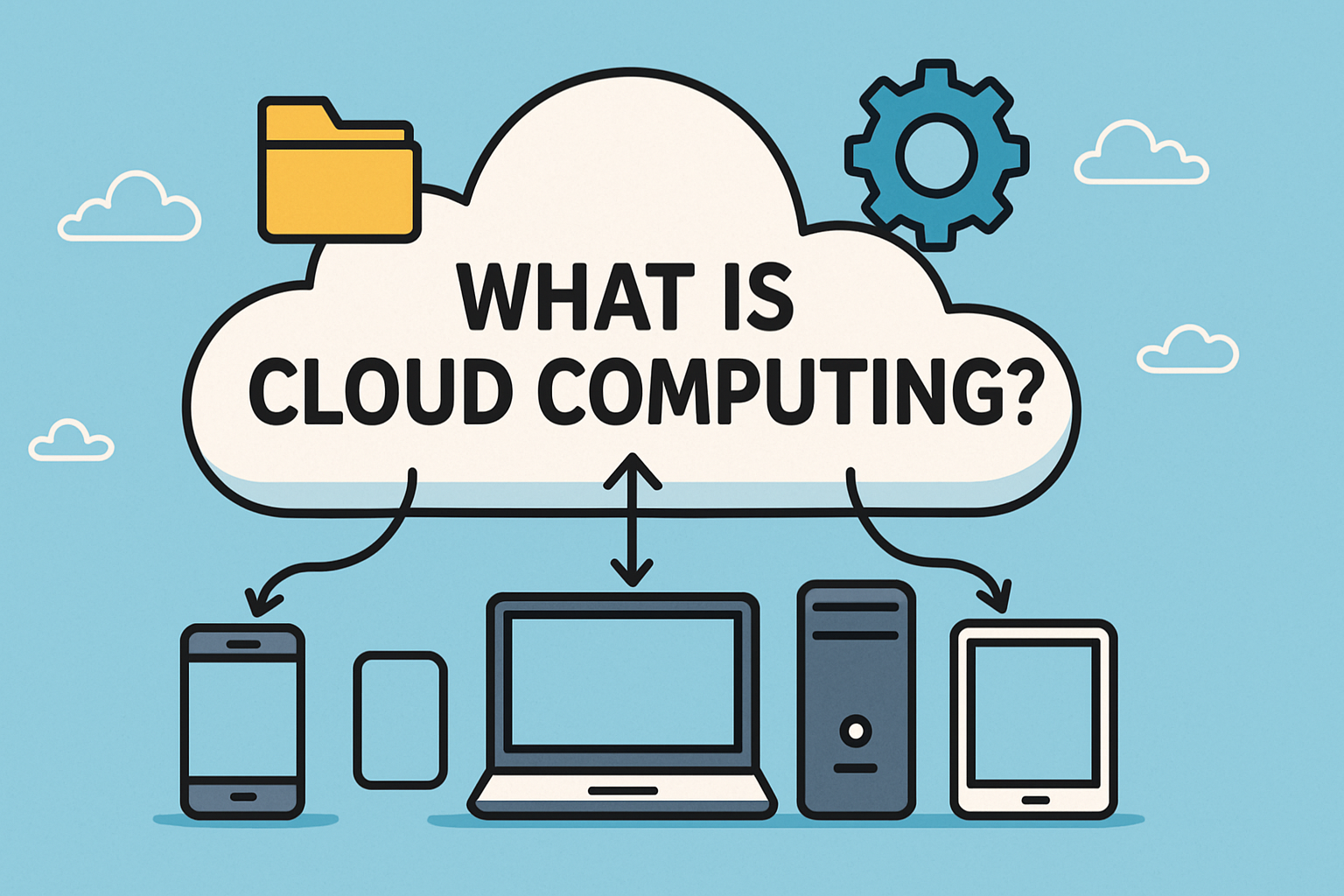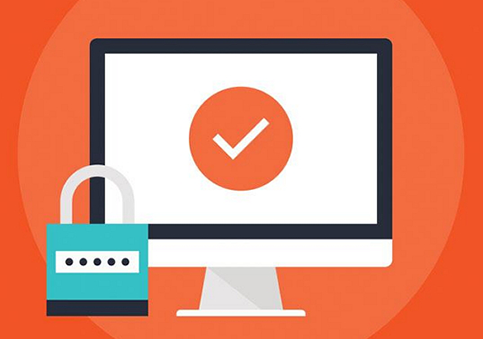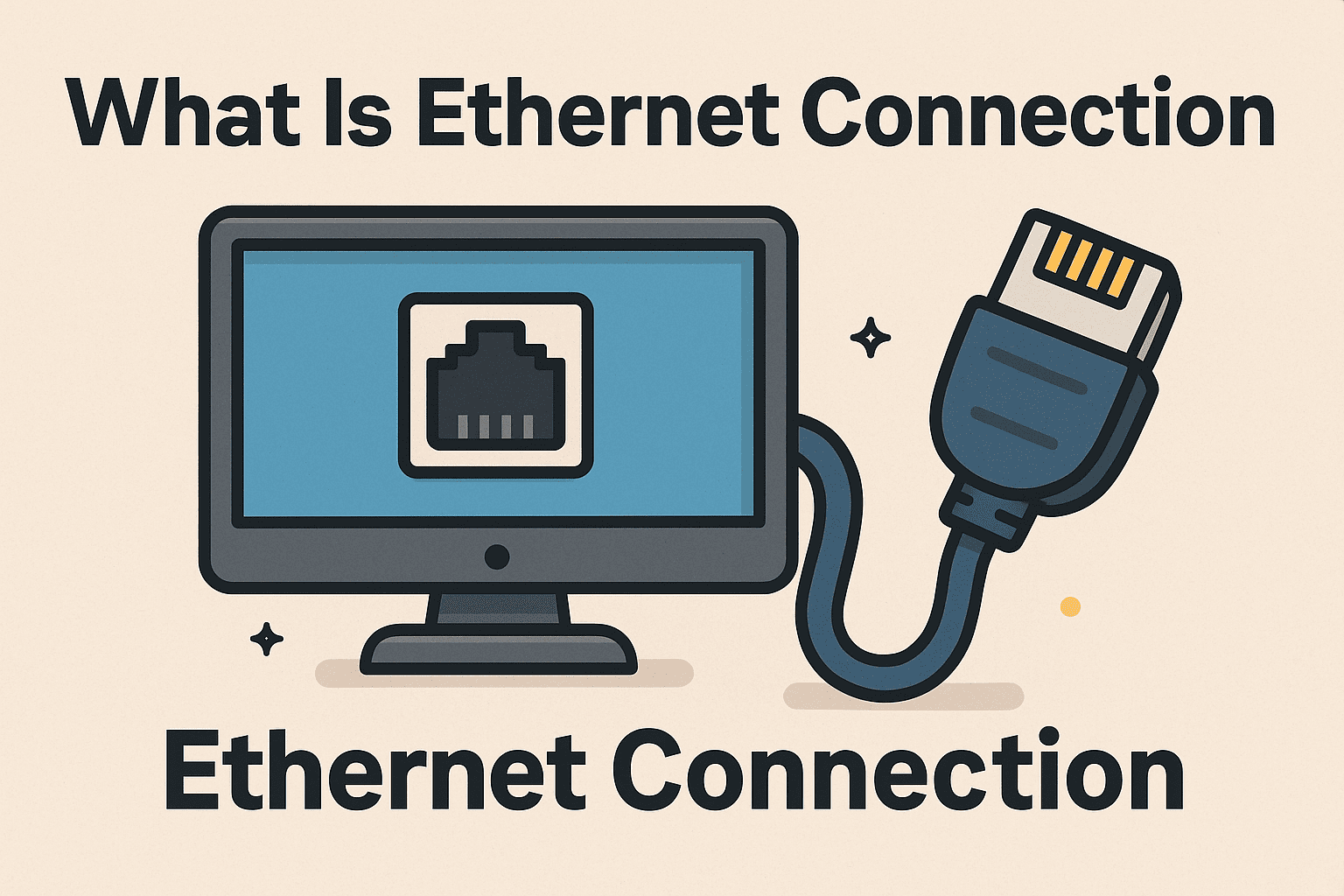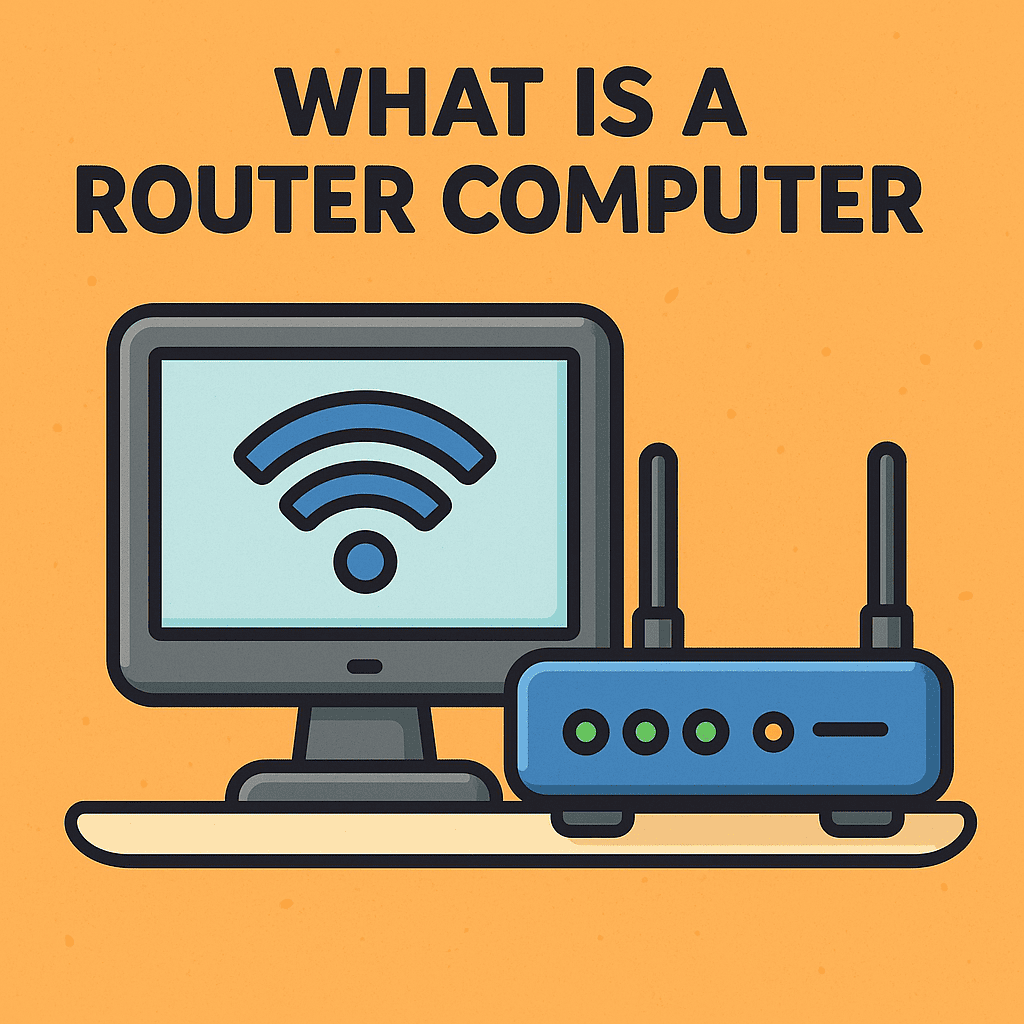What Is Zero Trust Security?
Updated on October 11, 2022, by Xcitium

Zero Trust security operates on the principle of “never trust, always verify.” Instead of assuming anything within or outside network perimeters is safe, every connection attempt undergoes rigorous verification before access is granted. This approach adds a crucial layer of protection, significantly reducing the risk of data breaches by eliminating implicit trust.
Zero Trust is a security concept centered on the fact that organizations should not automatically trust anything outside and inside its perimeters and instead must verify everything trying to connect to its systems prior to granting access. This extra layer of protection has been established to prevent data breaches.
Businesses are presently functioning more differently than they did just a few years ago. We find that devices, employees, and also applications are no longer locked inside the corporate perimeter. They are all on the web and hence a unique approach is needed to provide security for a whole new type of anywhere, anytime workers and cloud-based applications. Organizations are now moving away from solutions that secure the perimeter and are instead going towards employing a zero trust model in order to protect sensitive data and resources.
Zero Trust Definition
A zero trust security solution constantly evaluates trust every time a device or user requests access to a resource. This method prevents attackers from exploiting vulnerabilities in the perimeter to gain entry and then access confidential data and applications.
Key Principles And Technologies Behind Zero Trust Security
Zero trust security follows two key concepts: Never trust machines or users automatically, and least-privilege access. Attackers exist within and outside the network and hence one should not automatically trust machines or users. Users should be given only limited access that they need in order to minimize each user’s exposure to sensitive parts of the network.
Multi-factor authentication (MFA) is another key concept followed by zero trust security. This procedure will need additional evidence in order to authenticate a user. Hence, access cannot be gained by just entering a password. MFA is mostly used in the 2-factor authorization (2FA) employed on common online platforms like Google and Facebook. Besides entering a password, users who have enabled 2FA for these services will also have to enter a code sent to another device, thus supplying two bits of evidence that they are who they claim to be.
zero trust network architecture firm controls on device access. It will have to assess how different devices are attempting to gain access to their network and also guarantee that every device is authorized. This further reduces the attack surface of the network.
The concept of microsegmentation is also employed by zero trust network architecture. This concept refers to the process of breaking up security perimeters into small zones in order to maintain separate access for separate parts of the network. For instance, a network containing files existing in a single data center that employs microsegmentation may comprise of dozens of separate, secure zones.
Security And Business Benefits Offered By Zero Trust Security
Zero trust security will provide enterprises with the following security and business benefits:
- Reduce complexity of the security stack Applying security with legacy technologies is greatly expensive and complicated. The standard perimeter mostly consists of hardware or virtual appliances for access control, security mechanisms, and application delivery and performance utilities. To operate in a global setting, these security stacks will have to be repeated for redundancy and high availability across data centers and regions. Each of these components will have to be separately purchased, installed, configured, and deployed for each data center in several localities. Administrators will be responsible for managing all of this equipment in-house by handling ongoing monitoring, troubleshooting, upgrades, and patching. Cloud-based zero trust models are capable of removing that complexity by moving all of these functions to a cloud-services approach.
- Resolve security skills shortage With the ongoing spread of cybercrimes, threats are becoming more refined and tools are also available to help criminals in developing, installing, and monetizing templated attacks, such as ransomware-as-a-service and malware-as-a-service. It is employed in the cloud and because of this, organizations that adopt this process need not install a complicated stack of security equipment used for protecting all data centers. To secure all of their data, users, devices, and applications, organizations can just use a single service in the cloud. Besides decreasing the number of security professionals needed for monitoring, handling, updating, securing, and improving security controls, organizations employing zero trust will also be able to retask resources, assign business-critical efforts, and carry out proactive planning measures in order to more senior members of IT, eventually reducing costs.
- Protect business and customer data After successfully getting onto an end-user machine within the free firewall, malware will go ahead and exfiltrate customer data to a command and control (CnC) server placed outside of the network. Permitting sensitive and confidential customer data to go into the wrong hands can have grave consequences for both your business and your customers. Hence, zero trust security will help in safeguarding all such details and preventing them from being misused.
- Deliver excellent security and end-user experience Users compromise on security when they try to remember complicated passwords by writing them down, or even by using easy-to-remember passwords. Secure access, ease to use, and productivity. Cloud-based zero trust architecture is known to enhance the performance and help deliver a continuous user experience across a wide range of devices and network conditions.
- Lower breach detection time and attain visibility into enterprise traffic Zero trust follows the principle that location is not an indicator of trust, hence the network is presumed to be hostile. The principle of “trust but verify” is replaced with “always verify and never trust”, with visibility being the foundation of verification.
What Does Zero Trust Mean To An Organization?
With zero trust solutions you will be able to gain greater control in your cloud environment. It is customized for all network types. It limits communication by permitting only workloads confirmed by their identity fingerprint to communicate. Zero trust architecture is application workload centric and because of this security teams have superior control over the application workload itself. It is not controlled by static network constructs that cause it to slow down. Adding 2-factor authentication and several other verification techniques will increase your potential to correctly verify users.
With zero trust cybersecurity solutions, organizations will thus be able to attain the security they need to protect their data and resources in today’s distributed organization. They will also be able to realize considerable business benefits. Besides enhancing visibility across the enterprise and lowering the breach detection time, enterprises will also be able to decrease the complexity of
their security stack, protect customer data to avoid reputational damage and major financial losses, and minimize the impact of the security skills shortage. At the same time, businesses will also enhance user experience and facilitate migration to the cloud.To help your organization gain benefits from a zero trust network, we at Xcitium offer you with our endpoint security management, Provide Strong which focuses on effectively securing different endpoints, thereby securing a network by blocking access attempts and other risky activities at endpoints.
Endpoint security systems are a growing necessity in today’s threat landscape. With more enterprises employing practices like BYOD, endpoint security is thus becoming greatly relevant. Employees presently connect to company networks using their mobile devices or laptops, from their homes and also while traveling. Under such situations, security perimeters are likely to be undefinable and ever-shifting, and a centralized security solution will just not be suitable. This is where security endpoints come in as they will focus on supplementing centralized security measures along with extra layers of protection at endpoints, which are not just entry points for attacks and threats, but also points of outlet for sensitive data.
Xcitium Advanced Endpoint Security Software Is Available With Seven Layers Of Defense That Include:
- Web URL Filtering: Advanced interface to develop rules as needed.
- Firewall: Offers supreme security against outbound and inbound threats, blocks personal data transmission by malicious software, and manages network connections.
- Containment with auto-sandboxing: All unrecognized applications and processes are auto-sandboxed to run in a controlled environment.
- Antivirus: Provides multiple technology-based automatic detection, cleansing and quarantining of doubtful files to eliminate viruses and malware.
- Host Intrusion Protection System (HIPS): Monitors significant operating system activities to guarantee protection against malware intrusion.
- File Lookup Services (FLS): Cloud-based instant analysis of strange files that checks file reputation against Xcitium’s master blacklists and whitelist.




